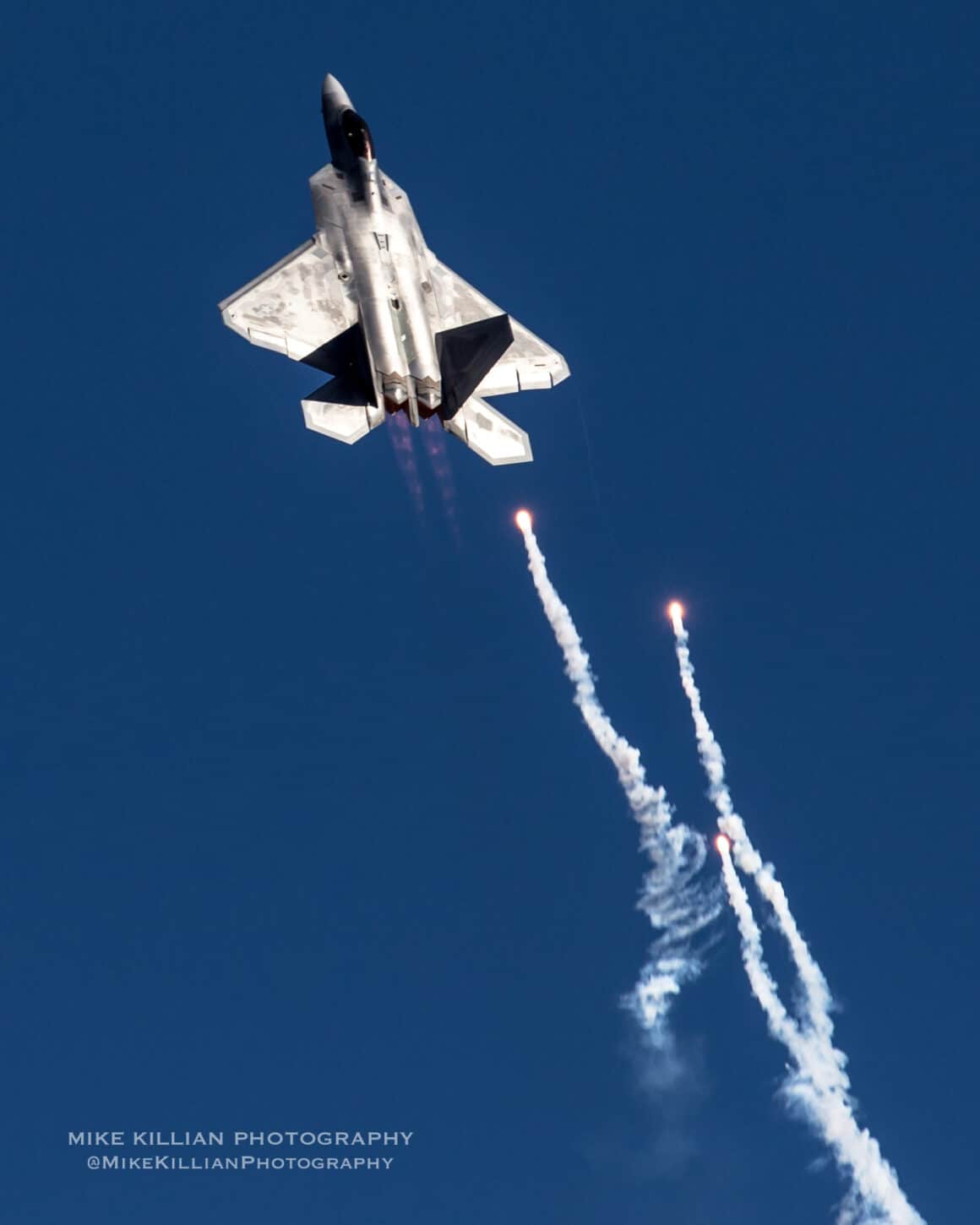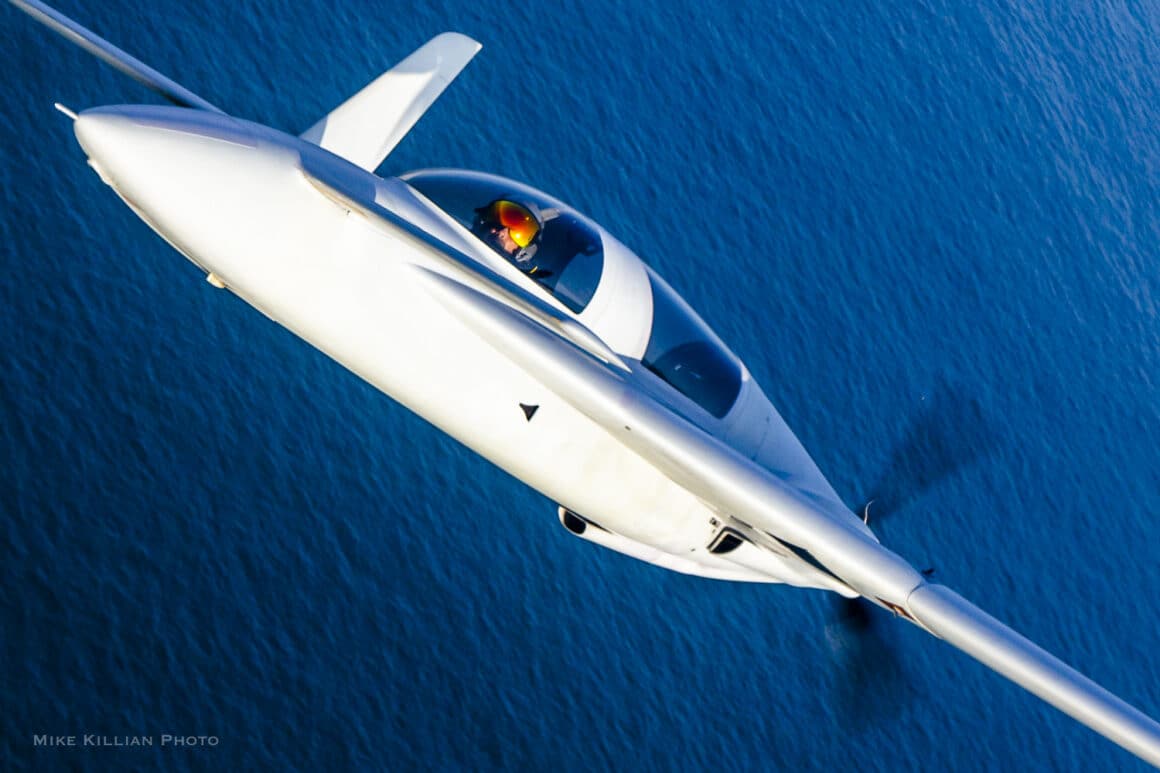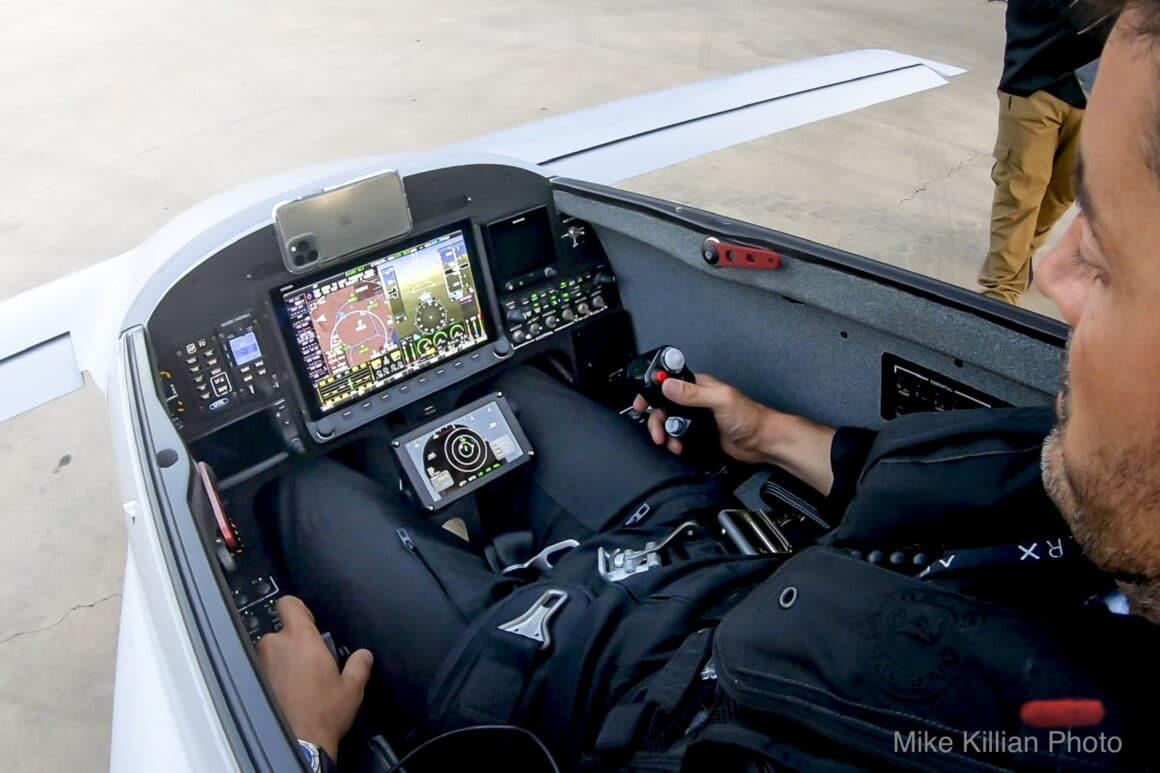Making Simulation More Immersive and Training More Valuable
For decades now, training combat pilots to fly, fight and win has been done in ground simulators and in the air actually flying (think of the movie Top Gun). But such flying is very expensive. The truth is, training against 20+ year old jets just doesn’t replicate modern day threats like China’s J-20 or Russia’s Su-57, and USAF leadership knows it – despite the expertise and modernized avionics that private Red Air contractors and pilots fly with.
Cutting Edge Technology
That’s why both the DOD and Lockheed’s Skunk Works are backing a company developing a new technology to better train combat pilots, taking the simulation into the sky on real missions. Until recently, such tech was not possible, but that has now changed.

“For us to train against those threats, we need to be able to simulate them, and we just can’t do it. If we’re not scared of that, we should be,” says RED 6 CEO Daniel Robinson, who co-founded the Florida-based defense tech company in 2018. He knows a thing or three about the subject, being a former RAF Tornado pilot and the first foreign national ever to fly the F-22. He’s also a graduate from both the UK and USAF Fighter Weapons Schools.
“Everyone realizes the limitations to providing Red Air, there’s a chronic under-supply, and even with all the private contractors and the billions of dollars allocated to it, there’s still about a 75% demand gap,” says Robinson. “The USAF alone is 2,000 pilots short, and spending over $1 billion per year for adversary air that can’t simulate modern near peer adversaries.”
Synthetic Peers and Adversaries in AR
RED 6 believes the answer is with Augmented Reality (AR), which is different than VR (Virtual Reality) in that VR is a completely made up environment; you can’t see the real world. But in AR you can see everything in the real world, and can add synthetic objects (such as aircraft) into it.
Previously, the biggest problem with AR was that it didn’t work outdoors. It wasn’t bright enough, and couldn’t track properly. If you added a synthetic object and it’s floating in mid-air, and you move, the object would stay there. In order for a computer to pretend the object is real, it needs to know exactly where your head is and which way it’s turned and which way your eyes are pointing, because as your head and eyes move around it needs to constantly re-draw the object. That’s the key issue RED 6 has solved, developing what they call the Airborne Tactical Augmented Reality System, or ATARS.

It Feels Like The Real Thing
With ATARS a pilot can takeoff, look out the canopy and see other aircraft in wide-field of view, in full color and high resolution, which can maneuver against them and them against it. It’s a highly accurate, high-fidelity simulation to enhance training capabilities and allow pilots and ground operators to see synthetic threats in real-time, outdoors, and critically, in high-speed environments, blending AR and artificial intelligence.
For the first time ever, the USAF is currently operating under capacity and is under-prepared for a potential conflict with Russia or China. America cannot assume winning a conflict in the same way it has for decades. The USAF cannot retain their pilots, nor do they have sufficient aircraft, and most importantly, they’re not able to train against what they would actually see in a modern conflict with Russia or China.

“If we do not innovate, we are going to lose, period,” said Col Randel “Laz” Gordon, Vice Commander of the 412th Test Wing at Edwards AFB in southern CA. “We were familiar with the dream and the concept (AR in-flight training), but we were always told that was years away. And then we walk in and actually realize, no, it’s today.”
“The beauty of AR is, if we have the intel on the platforms, which we do, then it’s just a simple matter of code, and we can code anything, so you can go up and train against anything,” says Robinson. Any computer-generated images can be flown by either AI or a real pilot on the ground.

RED 6 is developing ATARS with two experimental piston-powered Berkuts. Four different modules are integrated into the planes; one to track the aircraft, one to track the head, one to create the wide-view AR which draws the image for the pilot of whatever scenario is being flown, and one which is the main brain of everything.
The cockpit is extremely modern; there’s not a traditional dial or “steam-powered” flight instrument in it. A simulated tactical display similar to an F-22 or F-35 is mounted below the main instrument panel, providing info on position relative to the bulls-eye, and Robinson can cycle from looking at things in front of him to things around him. When a target appears, he can move a cursor over the target and click on it to see it’s information such as speed, altitude, distance and bearing. Once the target is selected it appears in the visor as a green circle target designation (watch the above videos to see).

